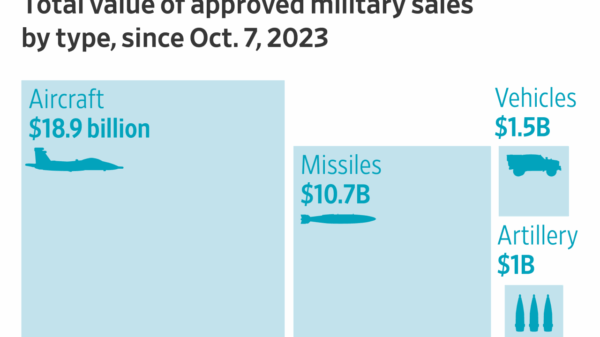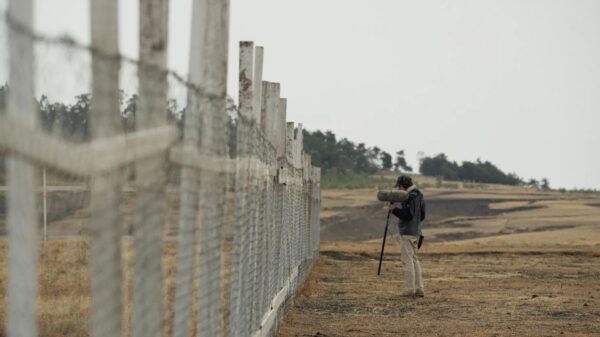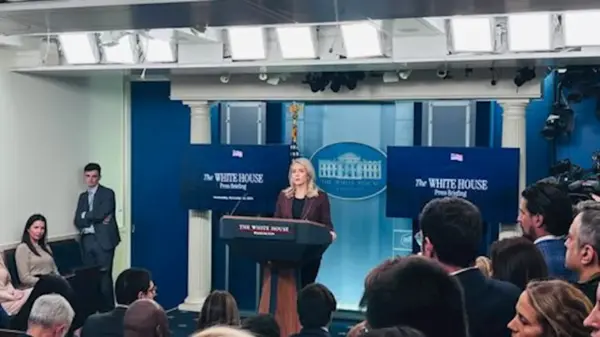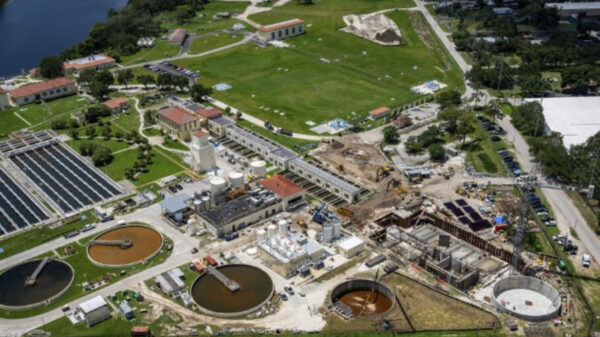The Wiley Canyon Project in Santa Clarita has come under scrutiny for alleged non-compliance with local regulations. Concerns were raised following comments from Jason Crawford, the city’s Community Development Director, who stated that the California Housing Accountability Act limits the ability of cities to deny compliant housing proposals. However, the legal landscape is more complex, as California law mandates that all cities adopt and adhere to a General Plan for land use.
Santa Clarita’s General Plan specifically designates Wiley Canyon Road as a four-lane arterial west of the creek. This designation aims to manage future traffic and protect public safety. Critics argue that the city staff and the developer failed to present this feasible route during discussions. Instead, they pursued an alignment east of the creek, where only about 53 feet of width is available, significantly less than the required 84 feet for four lanes.
Legal precedent reinforces these concerns. The California Supreme Court established in the case of Lesher Communications v. City of Walnut Creek (1990) that any local government action inconsistent with an adopted General Plan is invalid from the outset. This ruling implies that Santa Clarita not only has the authority but is also obligated to reject projects that contradict its established land use policies.
The recent approval by the Planning Commission for the Wiley Canyon Project has sparked further debate. The decision occurred on the same night a new commissioner was seated, raising questions about the transparency and thoroughness of the process. Local residents had formally objected to the project, yet these objections were reportedly overlooked in favor of the developer’s proposal.
In an editorial response, Robert Monroe from Valencia criticized the reporting by The Signal, stating that the article reflected city talking points without addressing critical legal and factual issues. He emphasized the need for comprehensive coverage, particularly on matters that will have lasting impacts on Santa Clarita’s traffic, safety, and overall quality of life.
The ongoing discussions surrounding the Wiley Canyon Project highlight the tension between development goals and adherence to established planning frameworks. The situation remains fluid as residents and officials navigate the complexities of housing development within the constraints of California law. Stakeholders are keenly aware that decisions made now will resonate through the community for years to come.







































































